WERE THESE BROOKLYN’S FIRST CO-OPS? (1899)
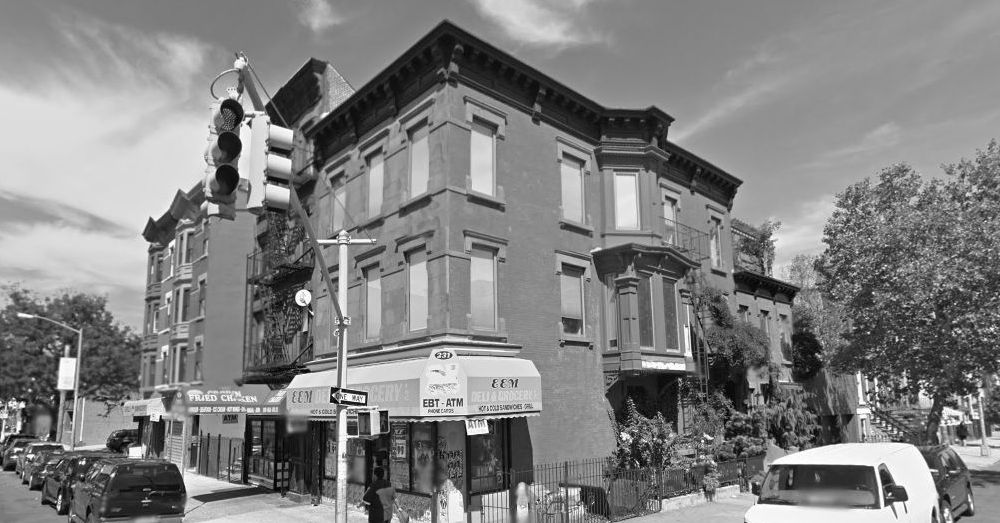
Brownstone Detectives investigates the history of our clients’ homes.
The story you are about to read was composed from research conducted in the course of one of those investigations.
Do you know the history of YOUR house?
********************************************************************************************************************************
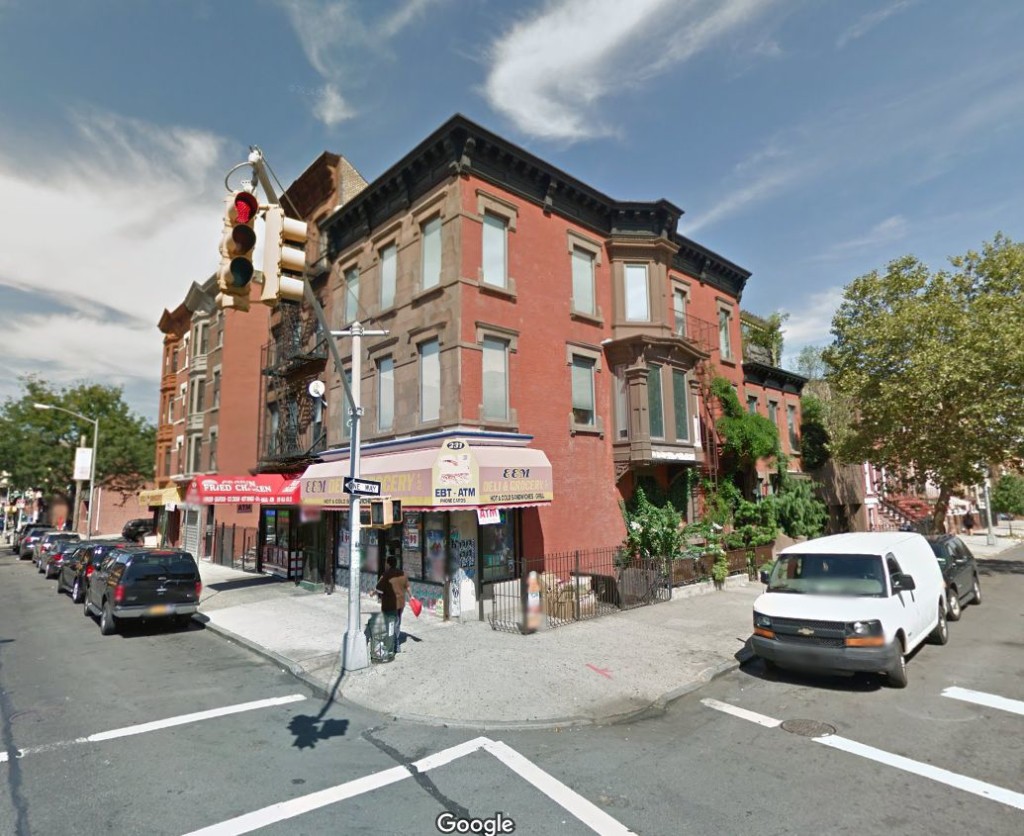
Back in 1899, Bolton Hall, the son-in-law of lawyer and real estate investor, William H. Scott, convinced Scott to allow him to use some of his real estate units to experiment with a “novel co-operative idea.”
“Mr. Hall’s idea was simply to let tenants share the profits of the property they occupied,” noted the New-York Tribune. “Previous to April, this year, Mr. Scott was the owner of houses at Nos. 231, 223, 225, 219, and 221 Reid-ave., Brooklyn. The property lies between Hancock st. and Jefferson ave., and consists of three single and two double houses.”
Hall, who would spend his life working on behalf of the poor, had started the “back-to-the-land movement” in the United States at the time, which was a forerunner of the Green Thumb project and consisted of encouraging people to begin gardens on vacant lots.
Hall noted that the tenants of the buildings eagerly entered the scheme and that during a 4-month period the plan was successful.
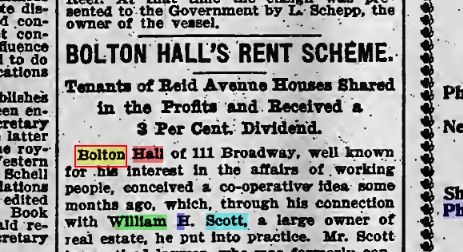
Hall told the tenants that it was proposed to value the buildings at ten times their proper rent when full, which would be $8,000 each for the single houses and $14,000 for the double,” noted the New York Times, “and to reserve as Mr. Scott’s share 5 per cent. net upon that sum, which was one-third of the total rent when full, out of which he paid the interest upon any mortgages.
“Everything that was left after all expenses, including taxes, repairs, insurance , and so on, were paid,” continued the Times, “went to the tenants in proportion to their rent.”
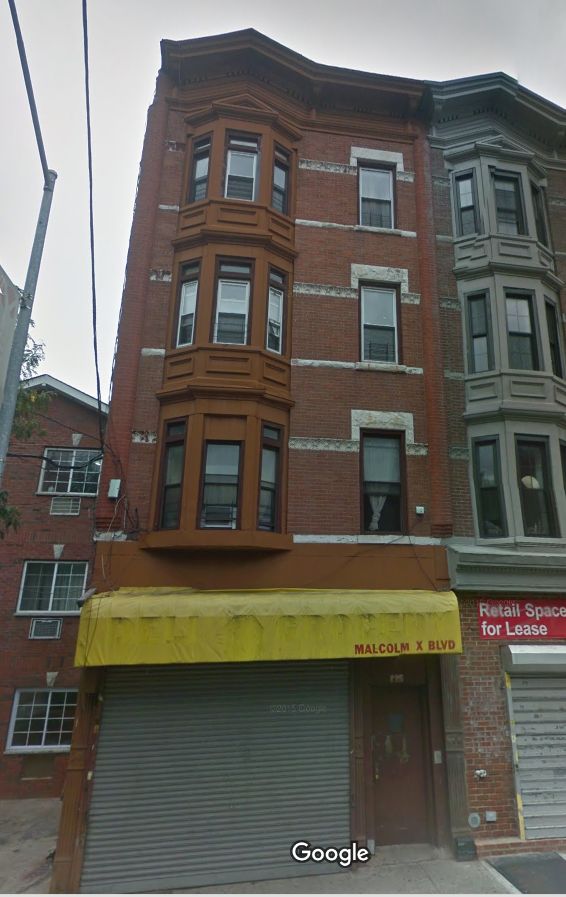
Then, without notice, the buildings were sold and the new owner did not continue the arrangement, but “a dividend of 3 percent. was declared at that time which was distributed to the tenants…”
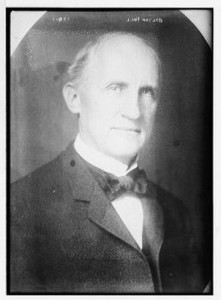
The sale of the original properties, however, did not dissuade Hall from his social experiments.
“We found during the four months,” said Mr. Hall, “that vacancies disappeared, the houses were kept in better repair and that the tenants instead of being at sword points with the janitor, reached an amicable understanding with him.
“We are encouraged by the experiment,” he continued, “and we now have the plan in operation in two other parcels of property, one in Harlem and the other in Williamsburg.”
In the end, though, it is not likely that Hall’s father-in-law was terribly interested in the scheme. His sale of the original properties where these amazing successes occurred, showed that, in the end, he was an investor, not a social worker.
(To learn more about Bolton Hall and his life’s dedication to working with the poor, see HERE).
———————————————————————————————————————–
 Brownstone Detectives is an historic property research agency. Our mission is to document and save the histories of our clients’ homes. From our research, we produce our celebrated House History Books and House History Reports. Contact us today to begin discovering the history of your home.
Brownstone Detectives is an historic property research agency. Our mission is to document and save the histories of our clients’ homes. From our research, we produce our celebrated House History Books and House History Reports. Contact us today to begin discovering the history of your home.